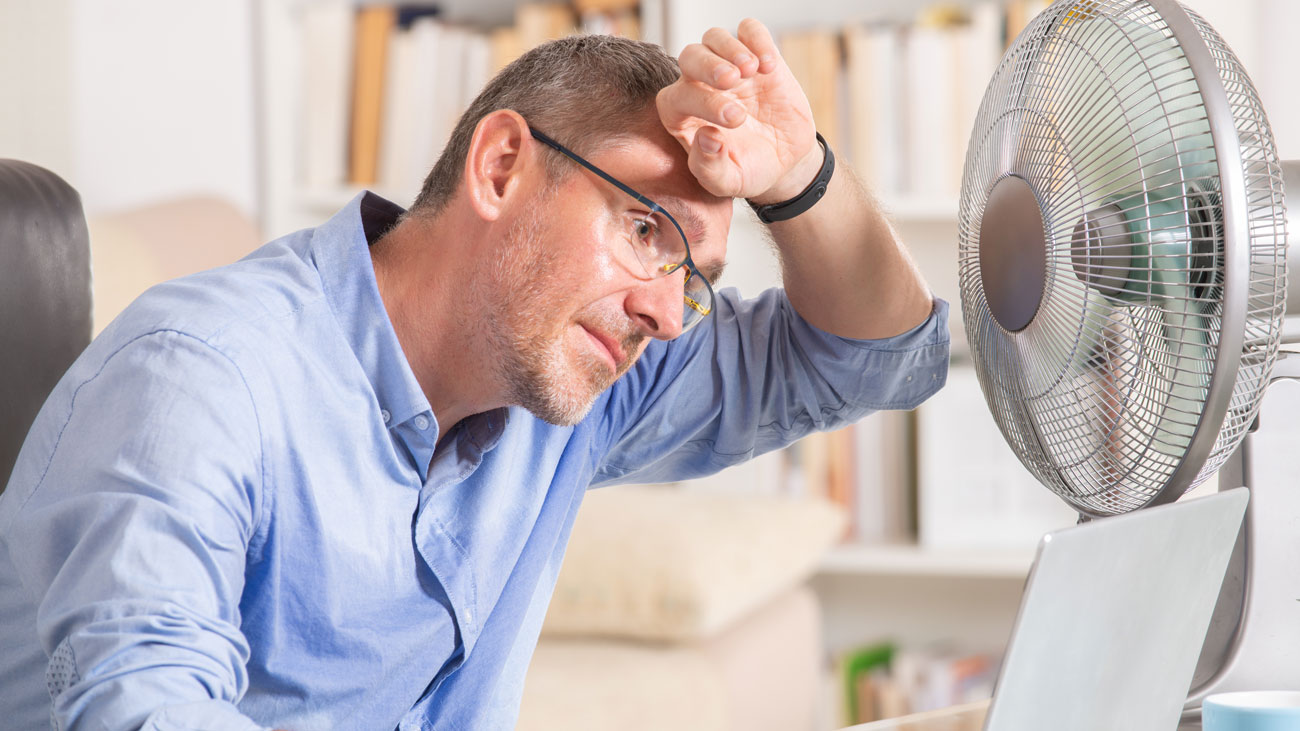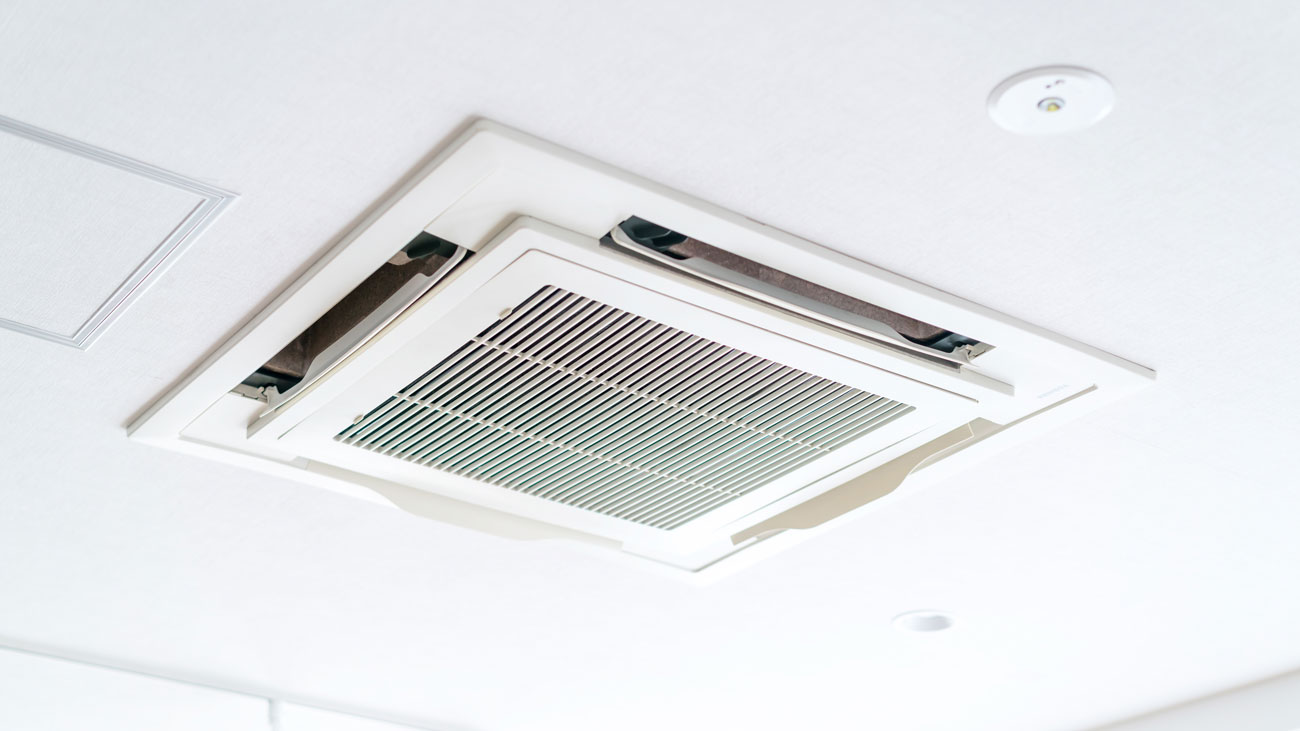
How hot is too hot to work? HSE guidance
As the summer starts in earnest, temperatures are rising in workplaces. The HSE is reminding employers that, in offices or similar environments, the temperature in workplaces must be reasonable. There's no law for maximum working temperature, or when it's too hot to work. Employers must stick to health and safety at work law, including keeping the temperature at a comfortable level, sometimes known as thermal comfort, and providing clean and fresh air.
According to the HSE, there are six basic factors that usually cause discomfort. These are both environmental and personal and may be independent of each other, but together contribute to an employee's thermal comfort. They are:
- Air temperature
- Radiant temperature
- Air velocity
- Humidity
- Clothing insulation
- Metabolic heat – from physical characteristics
The temperature of the air surrounding the body is usually given in degrees Celsius (°C). Radiant temperature comes from thermal radiation, which is the heat that radiates from a warm object. Radiant heat may be present if there are heat sources in an environment. Radiant temperature has a greater influence than air temperature on how we lose or gain heat to the environment. Examples of radiant heat sources include the sun, fire, electric fires, ovens, kiln walls, cookers, dryers, hot surfaces and machinery, molten metals etc.
Air velocity describes the speed of air moving across the employee and may help cool them if the air is cooler than the environment. Still or stagnant air in indoor environments that are artificially heated may cause people to feel stuffy. It may also lead to a build-up in odour. Moving air in warm or humid conditions can increase heat loss through convection without any change in air temperature. Physical activity also increases air movement, so air velocity may be corrected to account for a person's level of physical activity. Small air movements in cool or cold environments may be perceived as a draught as people are particularly sensitive to these movements.
Relative humidity between 40% and 70% does not have a major impact on thermal comfort. In workplaces which are not air conditioned, or where the weather conditions outdoors may influence the indoor thermal environment, relative humidity may be higher than 70%. Humidity in indoor environments can vary greatly, and may be dependent on whether there are drying processes (paper mills, laundry etc) where steam is given off.
High humidity environments have a lot of vapour in the air, which prevents the evaporation of sweat from the skin. In hot environments, humidity is important because less sweat evaporates when humidity is high (80%+). The evaporation of sweat is the main method of heat reduction.
When non-breathable vapour-impermeable personal protective equipment (PPE) is worn, the humidity inside the garment increases as the wearer sweats because the sweat cannot evaporate. If an employee is wearing this type of PPE (e.g. asbestos or chemical protection suits etc) the humidity within the PPE will be high.
Thermal comfort is very much dependent on the insulating effect of clothing on the wearer. Wearing too much clothing or PPE may be a primary cause of heat stress even if the environment is not considered warm or hot. If clothing does not provide enough insulation, the wearer may be at risk from cold injuries such as frostbite or hypothermia in cold conditions.
Clothing is both a potential cause of thermal discomfort as well as a control for it as we adapt to the climate in which we work. You may add layers of clothing if you feel cold, or remove layers of clothing if you feel warm. Many companies inhibit this ability for employees to make reasonable adaptations to their clothing as they require them to wear a specific uniform or PPE.
It is important to identify how the clothing contributes to thermal comfort or discomfort. By periodically evaluating the level of protection provided by existing PPE and evaluating newer types of PPE you may be able to improve the level of thermal comfort.
A person's physical characteristics should always be borne in mind when considering their thermal comfort, as factors such as their size and weight, age, fitness level and sex can all have an impact on how they feel, even if other factors such as air temperature, humidity and air velocity are all constant.
In some workplaces, extreme temperatures are not seasonal but are created by the work, like in some manufacturing processes. These temperatures can lead to serious health effects if not managed effectively.
International Workplace’s health and safety team suggests the following to help keep cool at work.
- Workers should take regular breaks, depending on the nature of the work.
- Layers of clothing are also to be considered. Lighter forms of work PPE should be offered and issued.
- Cold drinks can be provided, and workers should avoid drinking fizzy drinks. Some companies have ice cream machines to help with the heat. Two litres of water a day is the normal recommendation, but this should be increased during hot days.
- Avoiding alcohol the night before work will help as it can cause dehydration.
- Some companies have also introduced summer hours, i.e. starting earlier and finishing earlier in the day during the summer months.
- Air conditioning and fans should be fully utilised.
- Blinds should be considered for office workers as well as all of the above.
- The Workplace (Health, Safety and Welfare) Regulations 1992 lay down particular requirements for most aspects of the working environment. They say, "During working hours, the temperature in all workplaces inside buildings shall be ‘reasonable’,” which could involve rescheduling work to cooler times of the day.
- Otherwise, it is down to employees and their employers to discuss between themselves whether temperatures are unreasonable and whether to carry on working or to pack up and go home.
You should seek specific advice on temperature if you are working in very high or low temperatures, for example on heat stress, dehydration or cold stress.



